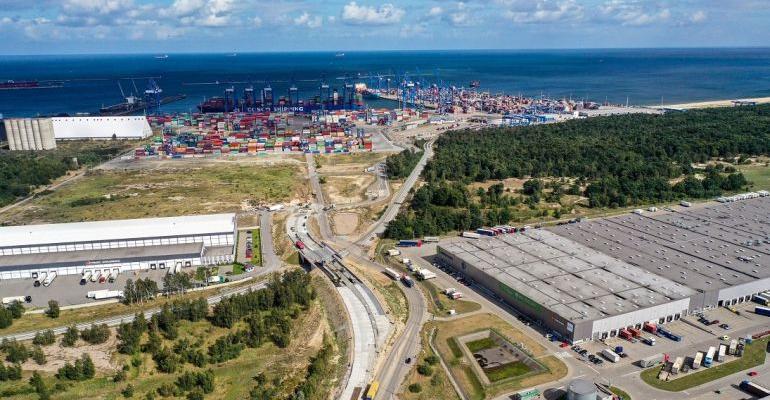Lukasz Greinke, president of Port of Gdansk, said a working group has been established to promote the new ‘Black Sea to the Baltic’ route, with a focus on transporting container cargo by rail between both Poland’s and Ukraine’s biggest ports, Gdansk and Odessa.
The initial aim is to run the service once a week with a train departing from Gdansk to Ukraine with a separate service departing weekly from Ukrainian ports to Gdansk.
“We have two prime objectives with the new ‘Black Sea to the Baltic’ intermodal corridor,” Greinke said. “First, we want to provide an alternative route to Western Europe for trade coming from major inland Chinese cities like Xi’an along the Silk Road through Kazakhstan over the Caspian Sea to Azerbaijan and Georgia and over the Black Sea to Ukraine.
“Second, we want to offer a new route for Ukrainian and Turkish companies wanting to transport cargo, such as roro, to Central and Western Europe and on to Scandinavia via Gdansk.
“We are already speaking with Turkish shipowners and freight forwarders about the benefits of the new corridor in terms of speed and efficiency. We see this new route as an exciting element of our plans to grow tonnage through the port to 50m tonnes in 2021 rising to 60m in five years,” he said.
Greinke added that the Port of Gdansk and the Ukrainian Sea Ports Authority will act as coordinators for the new route’s logistics chain.
“We are not only talking about terminals located within the administrative boundaries of Ukrainian ports or the Port of Gdansk, but also land terminals located in the immediate hinterland of the ports and along the route of the Black Sea-Port Gdansk transport corridor. The route will be supported by freight forwarding companies, as well as the customs services of Ukraine and Poland. This will ensure the smooth movement of trains at the border points,” he explained.
The Port of Gdansk is the only Baltic port capable of receiving direct calls from Asia from big ships. It has a hinterland and foreland of 120 million people with connectivity across Poland, the Czech Republic, Slovakia, Hungary, Ukraine, Belarus and the Scandinavia.
Copyright © 2024. All rights reserved. Seatrade, a trading name of Informa Markets (UK) Limited.
Add Seatrade Maritime News to your Google News feed.  |

